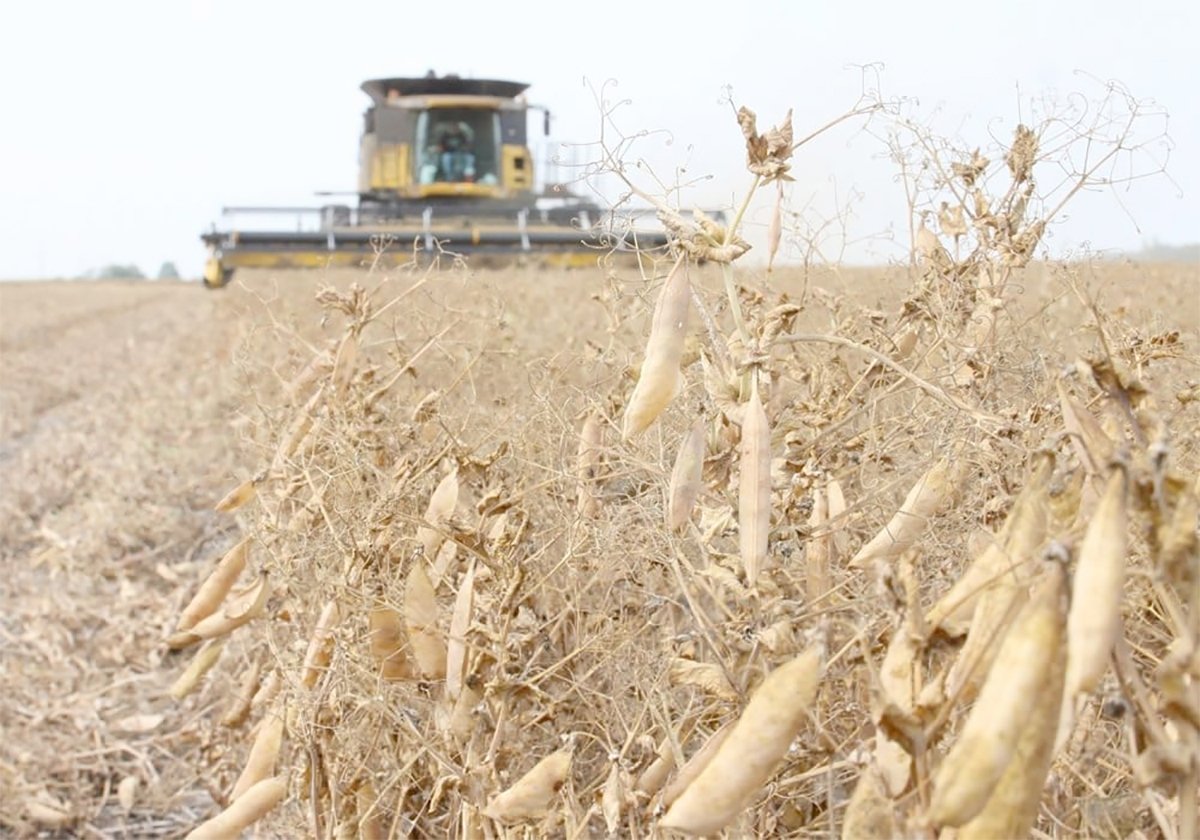Fewer chickpeas | Canadian yellow peas should benefit
Australia will have fewer chickpeas and more lentils to sell than originally anticipated, according to the country’s latest crop report.
The Australian Bureau of Agricultural and Resource Economics and Sciences (ABARES) predicted 470,000 tonnes of chickpea production in its September crop report, which is down from its June estimate of 503,000 tonnes.
The lentil crop is pegged at 324,000 tonnes, up 80 percent from its June estimate of 180,000 tonnes.
Nearly 90 percent of the chickpea crop is grown in the states of New South Wales and Queensland, where the June to August rainfall was “below average to severely deficit.”
Read Also

Chinese, Indian tariffs take toll on pea prices
The disruption of pea exports from Canada’s largest customers will likely result in slow pea exports for the remainder of the crop year.
Lentils are grown in Victoria and South Australia. South Australia received above average fall moisture followed by average winter rainfall. Growers are expected to harvest 199,000 tonnes of lentils in that state, up from the June estimate of 86,000 tonnes.
Chuck Penner, an analyst with LeftField Commodity Research, said the disappointing Australian chickpea crop bodes well for Canadian yellow pea demand.
It will be 159,000 tonnes smaller than last year’s crop and 343,000 tonnes below the 2012-13 crop.
Australia exports its desi chickpeas to the Indian subcontinent, where they compete with imported yellow peas from Canada.
India is expected to have a poor kharif (summer) crop of pulses because of inadequate monsoon rains.
G. Chandrashekhar, associate editor of The Hindu Business Line, wrote in the latest edition of Saskatchewan Pulse Growers’ Pulse Market Report that this year’s Indian summer pulse harvest will be 10 to 15 percent smaller than last year’s crop.
As a result, India will be in the market for pulses at a time when the Australian chickpea crop is projected to be 25 percent smaller than last year’s harvest.
“That will push more demand toward (Canadian) yellow peas, not that we really need more demand at this point,” said Penner.
“We’re going to have trouble filling the (orders) that we have already.”
On the flipside, Australia will have far more red lentils to sell than first thought. A crop that back in June was forecast to be 29 percent smaller than last year’s is suddenly going to be 28 percent larger.
Penner is skeptical about the optimistic production forecast because it has turned drier in South Australia.
“They had a really good, early start to the year, but I’m not convinced they’ll be able to do those yields,” he said.
Even if growers harvest a 324,000 tonne lentil crop, it pales in comparison to the forecast for a two million tonne Canadian crop, although that was made before recent harvest problems.
“(The Australian crop) is not enough to really change the dynamics. It will be overshadowed by the real difficulty we’re having getting lentils into the bin this year here,” said Penner.
“Frankly, I’m not too concerned about whether those (Australian) lentils will be there or not. There will be plenty of demand from India and also from Turkey.”















